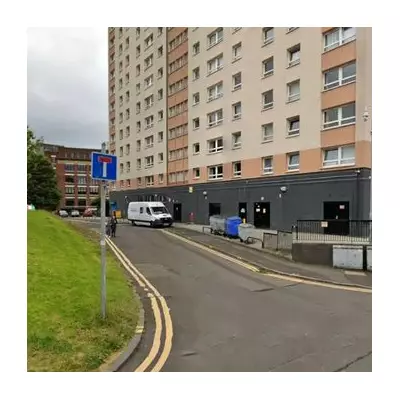
West Yorkshire Police are facing an £80,000 bill for repairs to a high-performance Aston Martin after their insurance claim was unexpectedly rejected following a dramatic high-speed pursuit.
The Chase That Cost Thousands
The incident unfolded when officers spotted the luxury sports car being driven erratically through West Yorkshire. What began as a routine traffic stop escalated into a pursuit reaching dangerous speeds, forcing police to employ tactical contact methods to bring the vehicle to a halt.
During the intervention, the Aston Martin sustained significant damage, leaving the police force expecting their insurers, Aviva, to cover the substantial repair costs under their policy.
Insurance Shock for Force
In a surprising turn of events, Aviva declined the claim, leaving taxpayers to foot the enormous repair bill. The insurance giant determined that the circumstances of the incident fell outside their coverage parameters for police vehicle damage.
A West Yorkshire Police spokesperson confirmed the situation, stating: "We are disappointed with Aviva's decision not to cover these costs. We believe our actions were necessary to protect public safety during this incident."
Taxpayers Bear the Burden
The rejected claim means the £80,000 repair bill will now be paid from police budgets, ultimately funded by local taxpayers. This comes at a time when police forces across the UK are facing increasing financial pressures and budget constraints.
The incident raises important questions about:
- Insurance coverage for police operational vehicles
- Financial accountability in high-risk pursuits
- Balancing public safety with fiscal responsibility
- Protocols for engaging with high-value vehicles
Local residents have expressed mixed reactions, with some questioning the financial implications while others support the police's efforts to remove dangerous drivers from the roads.
The case has sparked broader discussions within law enforcement about how to manage similar situations involving luxury vehicles in the future, and whether current insurance arrangements adequately cover the risks inherent in police work.





